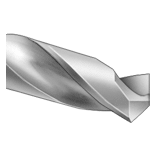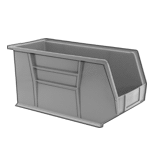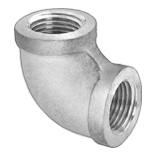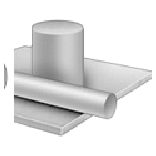Filter by
Material
Weight Capacity
Attachment Type
Opening Width
Application
Thickness
Latch Length
Hook Opening Width
For Carbon Steel Hook Load Capacity
Latch Width
Inside Length
For Alloy Steel Hook Load Capacity
DFARS Specialty Metals
Usable Length
Snap Opening Width
Inside Width
Hook Latches
Other Products









































